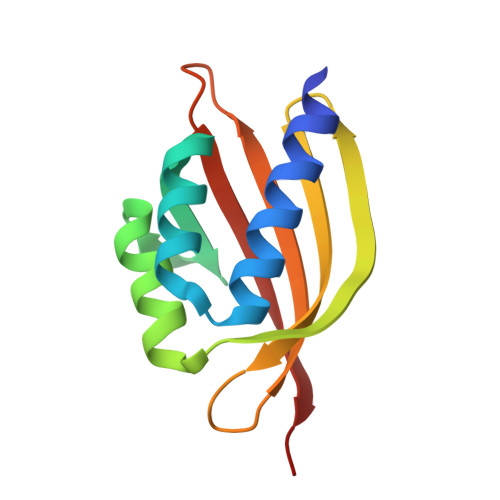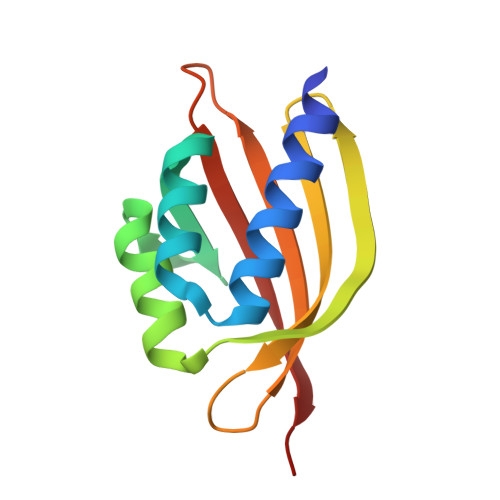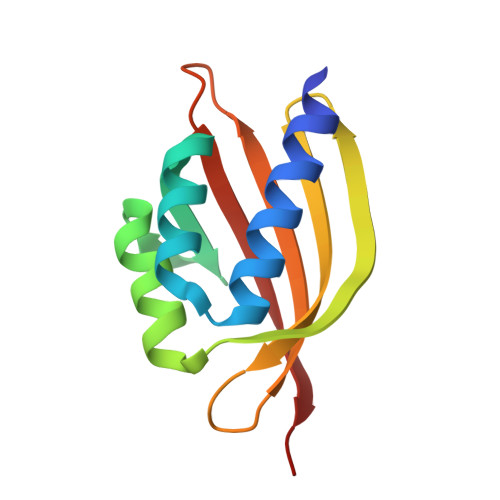Computational design of serine hydrolases.
Lauko, A., Pellock, S.J., Sumida, K.H., Anishchenko, I., Juergens, D., Ahern, W., Jeung, J., Shida, A., Hunt, A., Kalvet, I., Norn, C., Humphreys, I.R., Jamieson, C., Krishna, R., Kipnis, Y., Kang, A., Brackenbrough, E., Bera, A.K., Sankaran, B., Houk, K.N., Baker, D.(2025) Science : eadu2454-eadu2454
- PubMed: 39946508
- DOI: https://doi.org/10.1126/science.adu2454
- Primary Citation of Related Structures:
9DED, 9DEE, 9DEF, 9DEG, 9DEH, 9MRB - PubMed Abstract:
The design of enzymes with complex active sites that mediate multistep reactions remains an outstanding challenge. With serine hydrolases as a model system, we combined the generative capabilities of RFdiffusion with an ensemble generation method for assessing active site preorganization to design enzymes starting from minimal active site descriptions. Experimental characterization revealed catalytic efficiencies ( k cat / K m ) up to 2.2x10 5 M -1 s -1 and crystal structures that closely match the design models (Cα RMSDs < 1 Å). Selection for structural compatibility across the reaction coordinate enabled identification of new catalysts in low-throughput screens with five different folds distinct from those of natural serine hydrolases. Our de novo approach provides insight into the geometric basis of catalysis and a roadmap for designing enzymes that catalyze multistep transformations.
Organizational Affiliation:
Department of Biochemistry, University of Washington, Seattle, WA, USA.
















